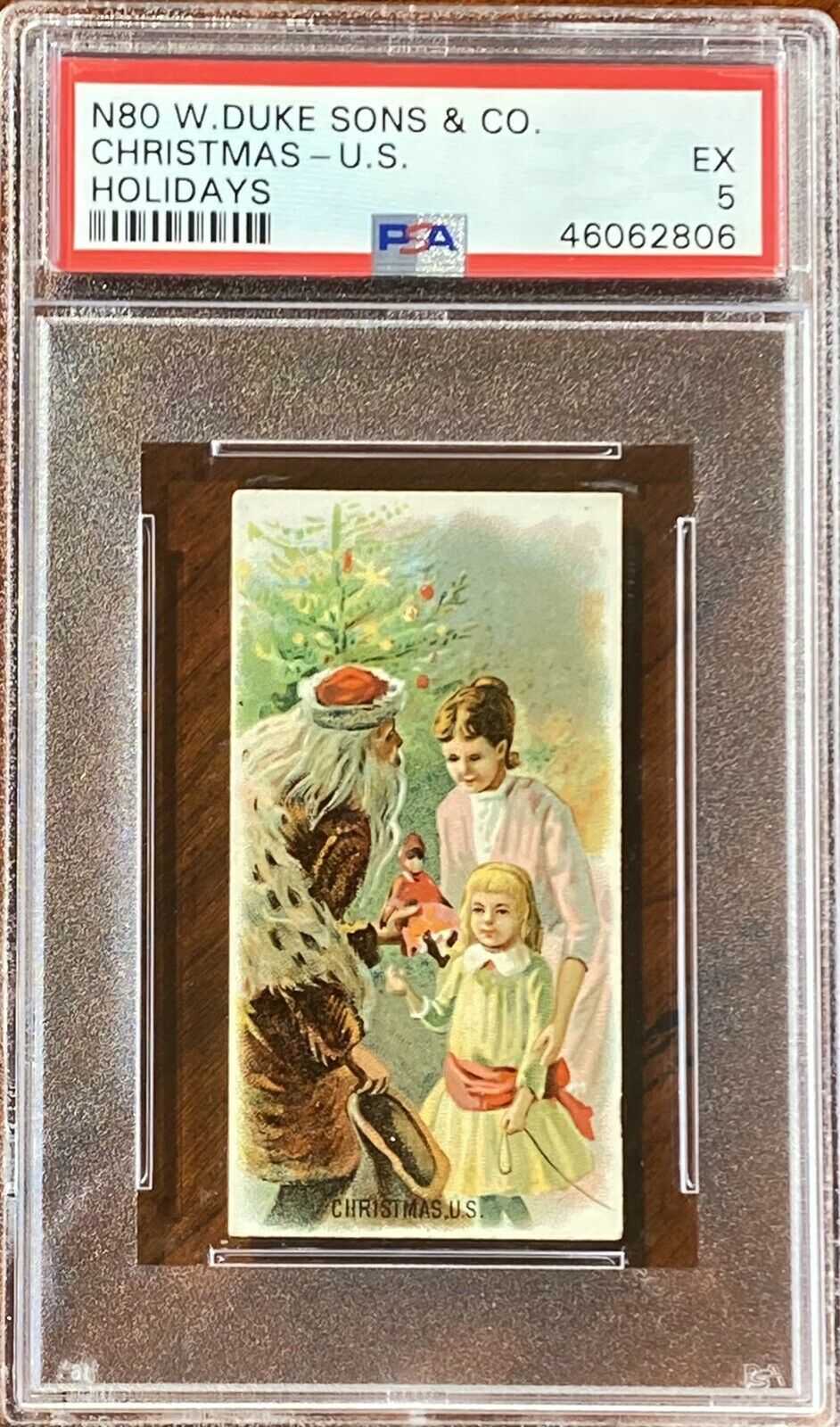-40%
16 color German cigarette cards of World War 1 action, issued in 1937, 2/3
$ 3.43
- Description
- Size Guide
Description
Offered here are 16 original German cigarette cards of World War I action, issued in 1937 by a number of German cigarette companies for the albumDer Weltkrieg
(The World War). Pictured here are:
No. 52:
De-licing (1915, Eastern Front). Our troops suffered considerably from lice and other disease-spreading vermin, particularly on the Eastern Front. At first, they had to de-lice their clothing by hand, but later de-licing facilities were set up for the troops to help alleviate their suffering.
No. 53:
Giving Inoculations in the Field (1915). In the Franco-Prussian War (1870-71) the losses through sickness were greater than those caused by the fighting. In the World War, however, this could be prevented through a comprehensive program of inoculations of the troops before leaving for the war or during the fighting, but behind the front.
No. 55:
Italian Bersaglieri (1915). In May 1915 the fighting began between Italy and Austria. the Italian Chief of Staff, Count Cadorna, massed his army at the Isonzo front that ran from the Gulf of Triest to the Alps and where 12 major battles were fought. Our picture shows the Italian elite troops, the Bersaglieri, who always stood out by their uniforms and feathered caps.
No. 56:
A Destroyed Italian Motor Vehicle (1915). Italy launched an offensive along the Isonzo front in 1915. The fighting at Goerz brought them no success, however, and the Austrians were victorious along the Carinthian and Tyrolean portions of the front. Soon, the offensive degenerated into smaller, isolated battles which, because of the dangers present in the high mountains, caused many casualties.
No. 76:
Field Trial of a Partisan Fighter (1915). In 1914 parts of the civilian population in Belgium and France began to take part in the fighting themselves. Not infrequently, a lone German soldier or a small group would be ambushed by locals, or a supply column would be attacked. Strict punishment was meted out to such people by the German Army.
No. 78:
Local Militia Guard Behind the Lines (1915). These guards were assigned the protection of train lines, bridges and other facilities behind the lines. In occupied territories they were often identified by their particular service cap. As the war dragged on, many of these guards developed a rapport with the local populace.
No. 96:
Loading Heavy Munitions (1916). The large amounts of munitions that were needed at the front required munitions trains to travel as close as possible to the fighting. The rest of the way to the artillery batteries the shells were carried by motor vehicles or horse-drawn wagons.
No. 97:
Manning a Plane's Machine Gun. At the Battle of the Somme the French and English air forces dominated the skies. German planes found it hard to do any reconnaissance because they were greatly outnumbered. However, after some weeks German planes equipped with machine guns were able to restore the balance in the skies.
No. 151:
Destroyed Bridge Near Riga (1917, Eastern Front). In the fall of 1917 German troops also conquered Riga. However, they were not able to entirely surround the Russian troops in the city, who were able to withdraw.
No. 155:
Joking Around During a Break in the March (1917). During our offensives in the East our soldiers often came across large herds of cattle that were naturally a wonderful complement to our supplies. If possible, the cattle were properly added to the supply train in order to supply troops with meat, fat and leather.
No. 161:
A Captured Italian Heavy Gun (1917). The heaviest artillery used in the war by all armies was usually large guns that were taken from coastal positions or from forts, and thus not meant for war in the field. The changes necessary to these guns in order to make them transportable also often made them look strange, as in this picture.
No. 165:
Flame Throwers (1917). For close combat the flame thrower was introduced in 1916. The flaming oil burned at a very high temperature that killed anything it touched. This weapon was used to clean out fortified positions. The device also had some disadvantages that limited its use during the war.
No. 167:
Artificial Fog (1917). A new weapon in WWI was artificial fog. It was used to conceal a beginning attack, or to reduce losses while defending against an attack. The fog could be produced either by firing fog-producing artillery shells, or in a hand-held pot.
No. 168:
A Smoke Torch (1917). For the artillery and attacks from the air, it was of utmost importance for our troops to know exactly where the front line was. But it was difficult to mark it safely. One method was to throw smoke-producing torches to mark the line.
No. 184:
On Mount Kemmel (1918). The final act of the Battle of Armentieres was the storming of Mount Kemmel on April 25, 1918. Although our troops were not able to push beyond it, we nevertheless gained a valuable vantage point that looked out far over Flanders' fields.
No. 200:
A French Trench-Digging Machine (1918). Although machines such as this were common on both sides, our enemies could draw on manpower from their colonies to help with constructing military facilities, while we had to rely on support troops or even active troops.
The cards measure 2 and 3/8 inches by 1 and 7/8 inches.
With multiple purchases, please wait for the invoice for reduced shipping.










